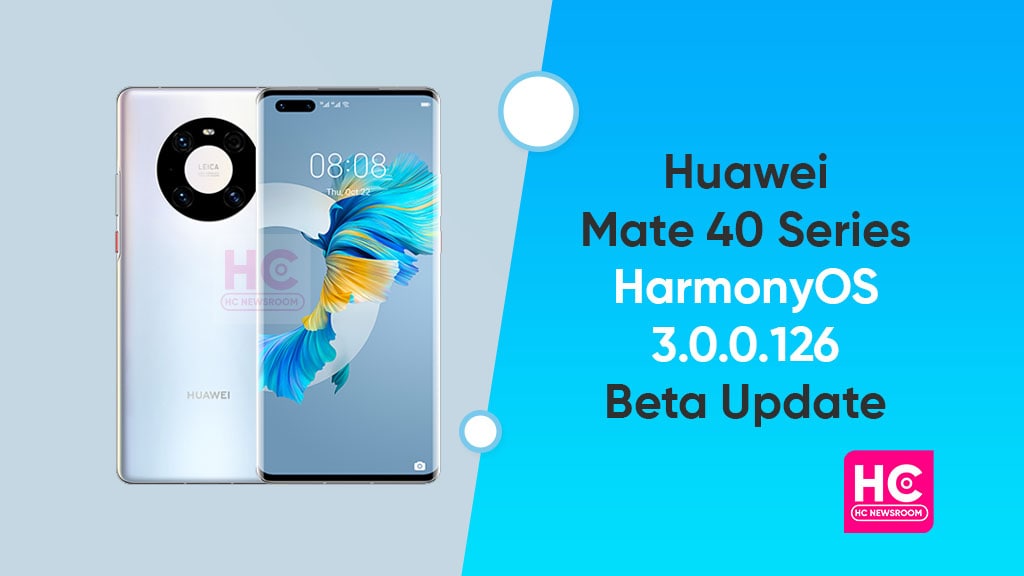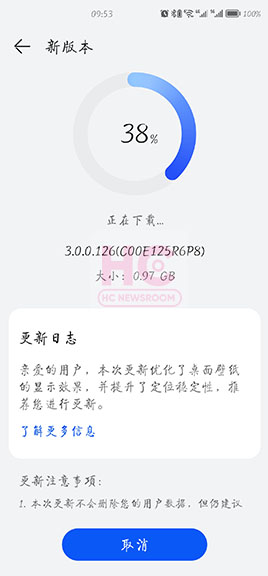HarmonyOS
September 2022 HarmonyOS 3 beta rolling out for Huawei Mate 40 series

HarmonyOS 3.0 is the latest interface on which Huawei is working with full concentration. The company is constantly making efforts to add some best features to its devices through beta iterations. Currently, we are having another HarmonyOS 3.0 beta for the Huawei Mate 40 series that brings the September 2022 security patch.
As per the reports, the September 2022 HarmonyOS 3.0 beta for the Huawei Mate 40 series is arriving with a 3.0.0.126 build. Although, there isn’t any specific information regarding the update size. Yet, we would recommend keeping 800MB to 1.0GB of free storage in your smartphone.
Since the update is approaching a huge series, you might be wondering which Mate 40 models will receive this firmware. To get the answer, check the below-given list.
Compatible Models
- Huawei Mate 40 (OCE-AN10)
- Huawei Mate 40 Pro (NOH-AN00)
- Huawei Mate 40 Pro (NOH-AN01)
- Huawei Mate 40 Pro 4G (NOH-AL00 / NOH-AL10)
- Huawei Mate 40 Pro+ (NOP-AN00)
- Huawei Mate 40 RS PorSche Design (NOP-AN00)
- Huawei Mate 40E (OCE-AN50)
- Huawei Mate 40E 4G (OCE-AL50)
- Huawei Mate 40E Pro (NOH-AN50)
It’s worth mentioning that, there is a twist in this update rollout among Mate 40 devices. While it is the third beta update for the Mate 40E and Mate 40E Pro, it will count as a fourth beta firmware for the standard Mate 40 series.
But in this game of update distribution, you don’t have to worry as the new additions and optimizes in this latest beta are the same for every Mate 40 device. But to benefit from these optimizations, your respective smartphone must be running on a baseline version of 3.0.0.116/ 3.0.0.117/ 3.0.0.118.

HarmonyOS 3.0.0.126 Beta Changelog
The changelog reads a handful of optimizations and the presence of a September 2022 security patch. Consequently, this beta iteration brings better security and patch-related fixes for the internal system of the handset.
In terms of optimization, the company has enhanced the display effect of screen wallpaper, making it more vibrant and impressive. Besides, it has applied some more firmness to the task card cleaning function.
Next, the company has modified the phone navigation performance and improved positioning stability. Thus, users would be able to experience smooth functioning and more reliance on the actions they will perform on their devices.
Optimizations:
- Optimizes the display effect of screen wallpapers
- Optimizes the mobile phone navigation performance and improves positioning stability
- Optimizes the application task card cleaning function
Security
- Integrates the September 2022 security patch that enhances the system security of the device.







